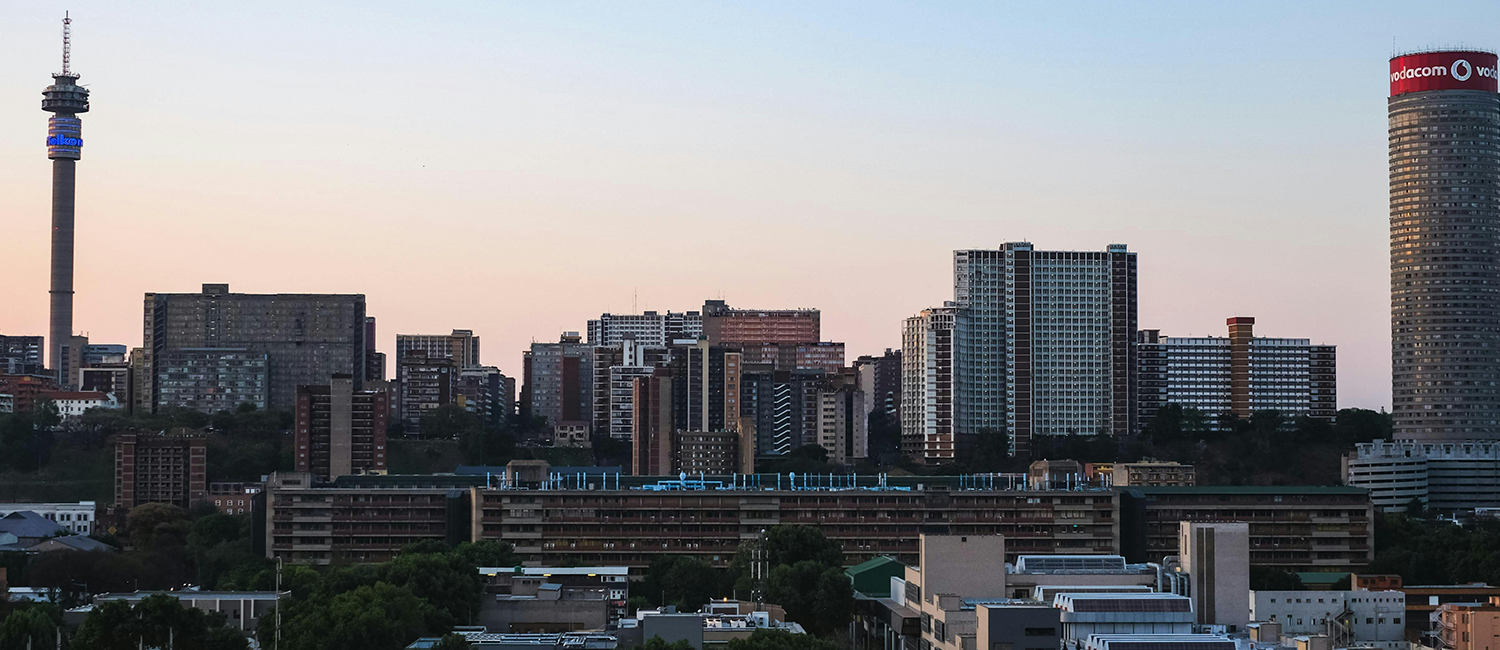IN November 2010, the Johannesburg Art Gallery turned 100; in 2015, the classic building in which it is housed turns 100, and plans are afoot to give it a makeover birthday.
Stephen Hobbs, artist and co-owner of Trinity Session, an art production company, and devotee of JAG, is working parallel with the gallery on an art project highlighting its plight. “The gallery is interesting in its decay,” he says.
The original collection opened in the South African School of Mines and Technology building in the CBD on 29 November 1910. It then moved to its new building, designed by Edwin Lutyens and completed in 1915.
The building has been extended several times – in 1940 the east and west wings were added, funded by City coffers, and in 1986 further wings were added. But a leaking roof has meant that the gallery needs to be hung out to dry. Once dry, the wooden floor, lighting, air conditioning and, of course, the roof need to be repaired.
“We need to look at the entire building and address the problems once and for all,” says Hobbs. That means assessing the original domes, as well as the additions.
Chief curator Antoinette Murdoch agrees. “To me, the first priority is to secure the leaking roofs, which pose a major threat to the valuable artwork hosted in the gallery.”
Other structural problems, as well as wear and tear to the façade of the building, need attention, she adds.
In addition, other International Museum Standards need serious attention. These involve temperature, humidity and lighting. A breakdown of the air-con system has meant that the temperature is unregulated at the moment, and the leaks have raised the humidity in the gallery, says Murdoch.
The security system also needs to be updated.
Accessible
Hobbs is concerned that the building “doesn’t speak to its public”. He says it is not easy to access – there is confusion about which of two entrances should be used. Furthermore, its interior needs to be opened up to the outside world, giving potential visitors some idea of what they can expect to see.
He points to the almost-complete Wits Art Gallery in Braamfontein, which has a glass frontage on Jan Smuts Avenue, allowing passers-by a glimpse of the treasures within, and encouraging them to enter and enjoy the artworks.
“We need aggressive strategies to engage new audiences,” he says.
Describing the structure as “an incredible building”, Hobbs, however, says its architecture needs to adapt and change to the bigger urban regeneration that is going on around it. The Gautrain has moved into the area, giving Park Station a lift; numerous office blocks south of the gallery have been converted into residential units; arts and entertainment enclaves have opened in Main Street; and there are plans to deck the railway lines that run alongside the gallery.
“The gallery needs to evolve itself into a more modern space,” says Hobbs.
He gives as an example the Tate Modern in London, which in 2000 received a modern addition, and is about to get another. “It will redefine the museum for the twenty first century, placing artists and their art at its centre while fully integrating the display, learning and social functions of the museum, and strengthening links between the museum, its community and the City,” reads its website.
Hobbs adds about the JAG: “In global terms, the gallery will become famous. It will become part and parcel of the urban regeneration.”
The planned changes come against the backdrop of the suggestion made a year or two ago that the gallery move to Newtown, such was the concern about the condition and limited size of the building.
Workshops
Hobbs says that several workshops have been held recently, attended by architects from the city’s top architectural firms, to thrash out a five-year plan for the JAG. Although nothing precise has been produced yet, the architect who designed the 1986 additions has offered, free of charge, to inspect the building and make suggestions.
More workshops will be held, says Murdoch, but in the meantime there have been promises of pro bono work and small donations. “This is only the beginning and I am hoping that more people will come forward to support the JAG centenary programme,” she says.
Hobbs himself is making artistic interventions to several works on display. “I am using artistic style to respond to the state of the gallery,” he explains. He has created a model of it, with magnified areas, highlighting the work that needs to be done.
Murdoch emphasises that she wants to engage with the surrounding community, as well as continue the debate with the relevant professionals and the media. “JAG is our heritage and we should work together to restore it to its former glory.”
Source: Joburg.org.za

